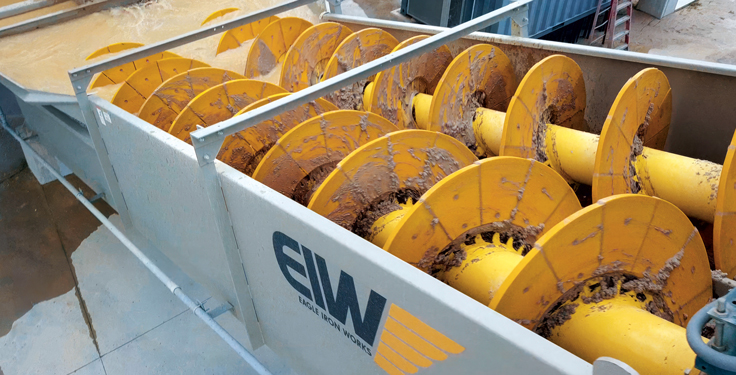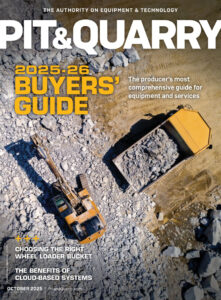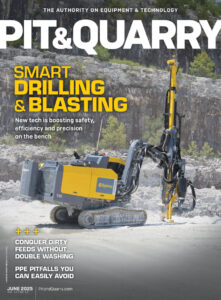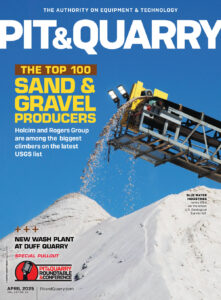Fine material washers are essential components in many aggregate processing operations.
They not only help remove silt and clay from valuable sand, but they play a critical role in ensuring product quality and protecting downstream equipment from unnecessary wear.
Still, like any piece of equipment, fine material washers can experience operational issues that impact performance, efficiency and product specifications. To help producers maintain optimal performance, here are some tips to troubleshoot three of the most common issues encountered in the field, as well as practical solutions to keep screw washers running smoothly.
Before performing any of these maintenance or inspection tasks, be sure to follow all safety protocols. This includes lockout/tagout/tryout before undertaking these tasks.
1. Material buildup in the pool area
One of the most frequently observed issues in fine material washer operations is material accumulating in the washer’s pool area. This can reduce equipment efficiency and increase maintenance requirements if not corrected promptly.
Possible causes & solutions
■ Excessive screw speed. When screw washers operate too quickly, the normal settling pattern of fine particles can be disturbed and allow coarse material to accumulate in the pool.
To resolve this, reduce the screw speed to allow for proper stratification of the material. Running a screen analysis of the feed material can also help determine if the speed settings are appropriate.
For more precise guidance, contact your equipment manufacturer to ensure your screw speed is optimized for your feed gradation.
■ Inadequate silt dilution. If the washer’s overflow appears thick or syrupy, it indicates poor silt dilution. This can lead to excessive buildup.
Flush out the tub with clean water, temporarily cut the feed in half and observe if the issue persists. Increasing the clean water supply to the washer can help thin out the overflow and promote better separation.
■ Washer overload. An overloaded washer can’t properly classify and transport material. Ideally, sand should be seen just spilling over the third exposed screw flight above the waterline. If you notice a heavy buildup, reduce the feed rate to restore balance and avoid unnecessary wear on the screw flights.
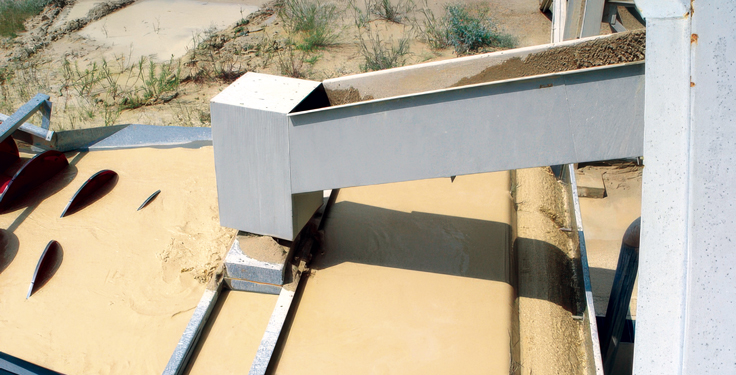
2. Loss of fines from the washer
Another critical challenge in aggregate processing is the unintended loss of fines from the washer, which can negatively affect product yield and quality.
Possible causes & solutions
■ Too much water in the screen. Excess water can carry fine particles out with the overflow. To determine if fines are being lost, compare a sample of the washed feed against a sample of the final product.
Leveling the weirs and using the overflow depth to calculate gallonage can help you fine-tune the water input. Refer to a hydraulic split chart to understand the optimal water-to-material ratio and adjust accordingly.
■ Inadequate silt dilution. Another way to assess dilution efficiency is by using a hydrometer to measure the specific gravity of the washer water.
A reading above 1.065 suggests excessive silt. If this is the case, flush the washer with clean water, reduce the feed temporarily and rerun a sample analysis to evaluate the extent of fines loss.
3. Discharge too sloppy
A sloppy discharge may signal inefficiencies within the washer that can lead to problems with downstream material handling or product stockpiling.
Possible causes & solutions
■ Drainboard channel plugged. The first thing to check is the drainboard channel. If it’s plugged, water and fines can back up, leading to a slurry-like discharge.
Make sure flush water to the drainboard is turned on and that the trough is clear of any debris or settled material.
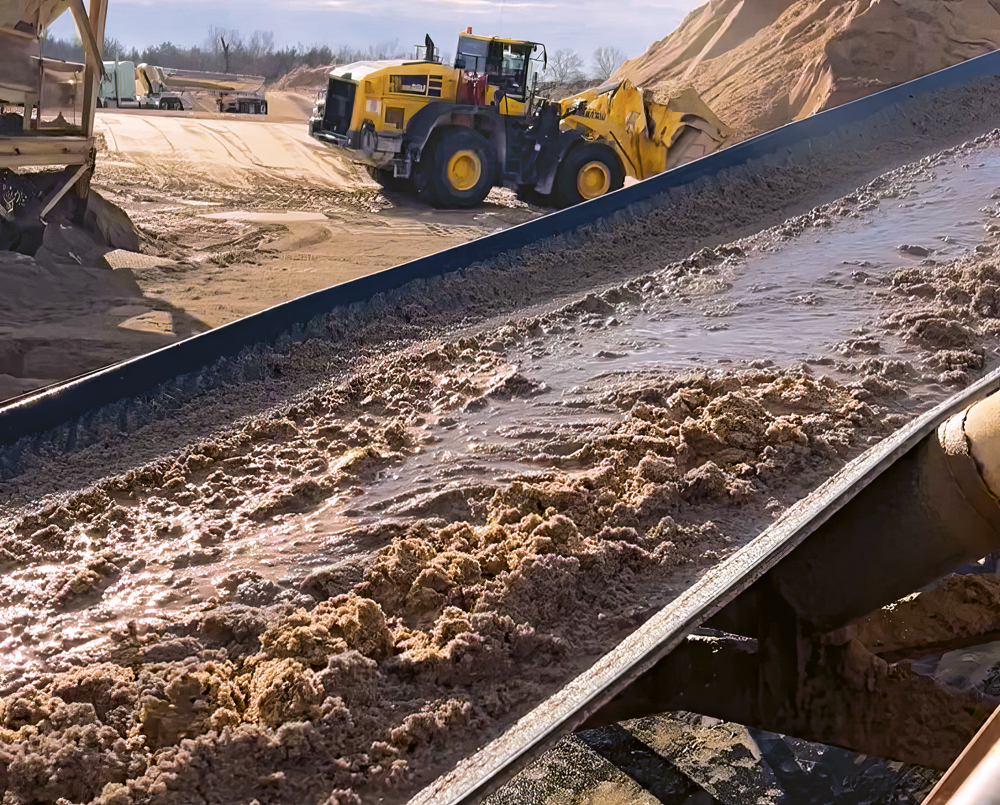
■ Dirty wash water. If the washer is running with muddy or recirculated water full of fines, it will affect the final product. Flush the washer with clean water and temporarily reduce the feed to allow the system to reset. A clearer water stream will result in a firmer, drier sand discharge that’s easier to handle and stack.
Remember …
Like any equipment in an aggregate operation, fine material washers require attention and tuning to ensure they’re operating at peak efficiency.
Many issues – from material buildup to loss of fines – can be traced back to water quality, feed consistency or mechanical settings. Routine inspections and basic sample testing – such as specific gravity or a screen analysis – are essential to diagnose these common problems.
When in doubt, operations can turn to manufacturers who offer field support, diagnostics and equipment recommendations to help operations troubleshoot and fine-tune their systems for better performance and longer equipment life.
By staying proactive with maintenance and understanding the indicative signs of trouble, producers can keep their fine material washers operating efficiently, extend component lifespan and consistently produce a high-quality sand product.
Dave Schellberg is product support specialist at EIW (Eagle Iron Works).
Related: Best operational practices for fine material washers

